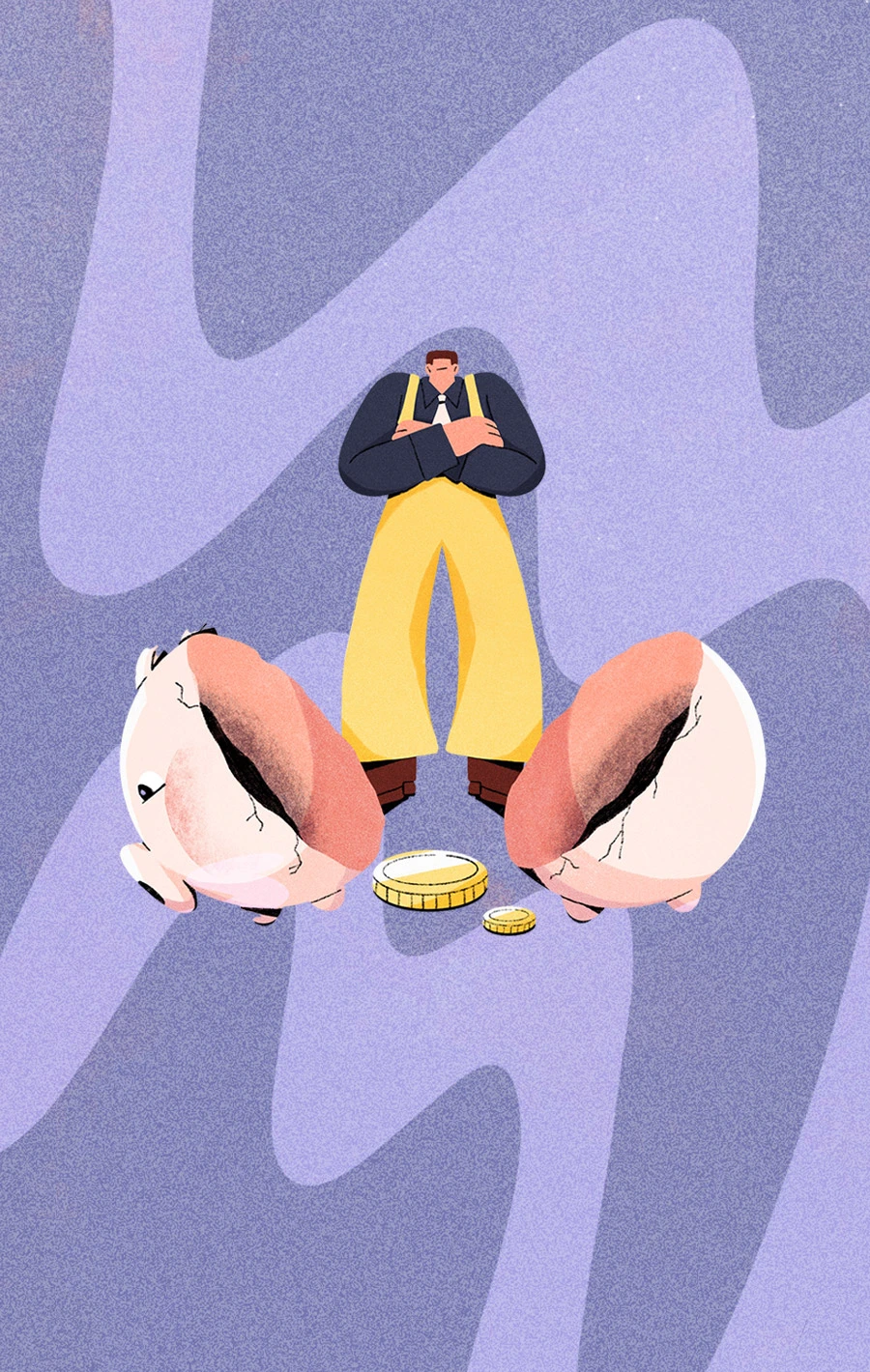Big Beautiful Bill Student Loan Changes 2025: What Borrowers Need to Know
Updated on July 15, 2025
Quick Facts
You may need to choose a new repayment plan by 2028. SAVE, PAYE, and ICR are ending, and if you don’t actively select an alternative, like IBR or the new RAP, you’ll automatically move into a Standard plan with higher monthly payments.
If you’re a Parent PLUS borrower, you have one year from the bill’s enactment to consolidate your loans. Missing that deadline permanently cuts off your access to income-driven repayment and loan forgiveness.
You’ll have fewer options for pausing loan payments during tough times. Starting July 2027, new federal loans won’t qualify for economic hardship or unemployment deferments, and forbearance use will be limited.
How Student Loans Are Changing Under the Big Beautiful Bill
On Thursday, Congress finalized major student loan changes through the Big Beautiful Bill, eliminating several income-driven repayment (IDR) plans and significantly limiting your options for temporarily pausing payments. The legislation, known as the “One Big, Beautiful Bill Act”, introduces significant shifts in how you’ll manage your student loans.
Starting July 2026, borrowers will no longer be permitted to enroll in or remain enrolled in the following IDR plans:
Pay As You Earn (PAYE)
Income-Contingent Repayment (ICR)
Additionally, beginning July 1, 2027, new federal loan borrowers will no longer qualify for economic hardship or unemployment deferments, and their access to forbearance will be sharply limited.
While Congress did not directly alter the Public Service Loan Forgiveness (PSLF) program, dropping an earlier controversial provision that would have excluded new doctors and dentists from PSLF, the program still faces ongoing regulatory threats from separate executive actions.
SAVE, PAYE, and ICR Plans Are Ending — Now What?
Borrowers enrolled in these discontinued plans as of July 2026 must select a new repayment option by 2028. Two income-driven options will be available:
Income-Based Repayment (IBR): May significantly increase monthly payments compared to PAYE or SAVE.
Repayment Assistance Plan (RAP) (newly created under the law): May offer lower monthly payments but extends repayment by five to ten years before forgiveness eligibility.
Borrowers who fail to choose a new repayment plan by 2028 will automatically transition to the new Standard repayment plan, likely resulting in substantially higher monthly payments.
Note for Married Borrowers
Under both the modified IBR and new RAP plans, married borrowers who file taxes separately can have their monthly student loan payments calculated based on their individual income alone. This change removes an earlier concern about the RAP plan’s “marriage penalty,” where married borrowers, regardless of tax filing status, would previously have had their payments determined by combined household income, even if their spouse had no student loans.
What Does the Big Beautiful Bill Mean for Parent PLUS Borrowers?
Borrowers who have not yet consolidated must act quickly. They have one year from the bill’s enactment date to consolidate their loans. Parent PLUS loan consolidation within this window is crucial because:
Consolidation makes borrowers immediately eligible to enroll in the ICR plan, which is currently the only IDR plan directly available to consolidated Parent PLUS loans.
Alternatively, borrowers who complete the double consolidation loophole during this period can temporarily access other IDR options like PAYE or SAVE until July 2026.
Regardless of the plan borrowers select initially, all Parent PLUS borrowers enrolled in any IDR plan as of July 2026 will automatically transition into IBR.
Parent PLUS borrowers who miss the one-year consolidation deadline will permanently lose access to all IDR options, including IBR and the new Repayment Assistance Plan. As a result, these borrowers will be forced onto the Standard repayment plan, losing eligibility for loan forgiveness and likely facing significantly higher monthly payments.
Related: How the Big Beautiful Bill Changes Parent PLUS Loan Borrowing
Is Public Service Loan Forgiveness Still Safe Under the New Bill?
Congress’s recent student loan bill did not alter the PSLF program. Public Service Loan Forgiveness allows nonprofit and government employees to earn forgiveness of their remaining federal student loans after 10 years (120 qualifying payments). An earlier House-approved version of the bill contained a controversial provision blocking new doctors and dentists from PSLF eligibility. However, this provision was removed by the Senate and subsequently approved by the House, ensuring doctors and dentists maintain their eligibility.
Why Is PSLF Still at Risk?
Despite legislative stability, PSLF remains at risk due to separate regulatory actions. Specifically:
In March, President Trump issued an executive order instructing the Department of Education to limit PSLF eligibility for employees of organizations involved in activities deemed to have a “substantial illegal purpose.”
The Department recently completed a three-day negotiated rulemaking session to implement this executive order.
Related: Student Loan Changes 2025 (FAQs)
How Does the Bill Limit Deferment and Forbearance?
When facing financial setbacks, borrowers currently have two main options for temporarily pausing student loan payments:
Deferment lets you pause payments without interest accruing on subsidized loans, typically due to financial hardship or unemployment.
Forbearance also pauses payments temporarily, but interest continues to accrue on all loans, increasing your total balance.
Starting July 1, 2027, new federal student loan borrowers will face stricter rules limiting these options:
Economic Hardship and Unemployment Deferments Will End
Borrowers taking out new federal student loans after July 1, 2027, will no longer qualify for deferments due to economic hardship or unemployment.
Existing borrowers (loans before July 2027) retain eligibility for these deferments under current rules.
New Limits on Forbearance
New borrowers who take out federal loans after July 1, 2027, will be limited to using forbearance for a maximum of 9 months total within any rolling 24-month period.
Previously, borrowers often extended forbearance repeatedly, sometimes for years. The new limit significantly reduces flexibility for borrowers facing ongoing financial difficulties.








